Daejeon, South Korea’s self-proclaimed ‘Silicon Valley’, doesn’t just stuff all its high-tech genius into sterile office buildings. This city has mastered something pretty remarkable: blending cutting-edge technology with beautiful natural spaces. Think of it as what happens when a computer scientist becomes a landscape designer—and nails it.
The result is a collection of parks that feel like they’ve time-traveled from the future while keeping their roots firmly planted in nature. These aren’t your typical ‘benches and fountain’ parks. Here is a list of 15 Daejeon parks where technology and nature dance together in perfect harmony.
Expo Science Park
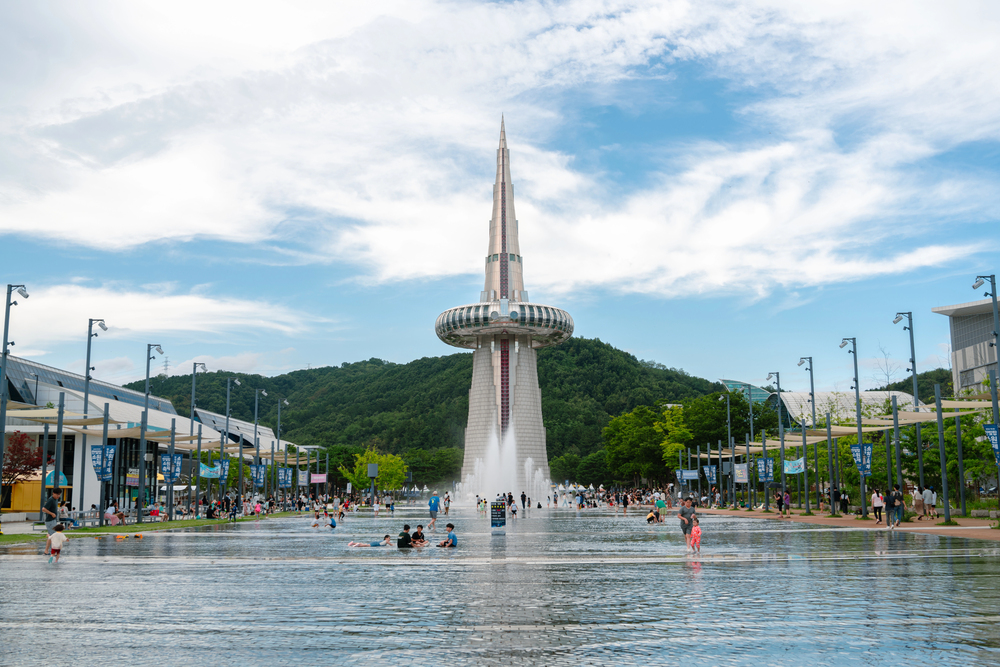
— Photo by SangaPark
The crown jewel of Daejeon’s tech-nature fusion sits where the 1993 World Expo once dazzled visitors. This massive park wraps interactive science exhibits around lush gardens like a high-tech blanket. The symbolic Hanbit Tower offers panoramic city views while serving as a beacon for various multimedia shows, and the park features robotics displays, interactive science installations, and hands-on exhibits that encourage learning through play. Walking through feels like exploring a science museum that someone forgot to put walls around. The outdoor installations demonstrate physics, optics, and acoustics principles while kids splash in nearby fountains.
Hanbat Arboretum
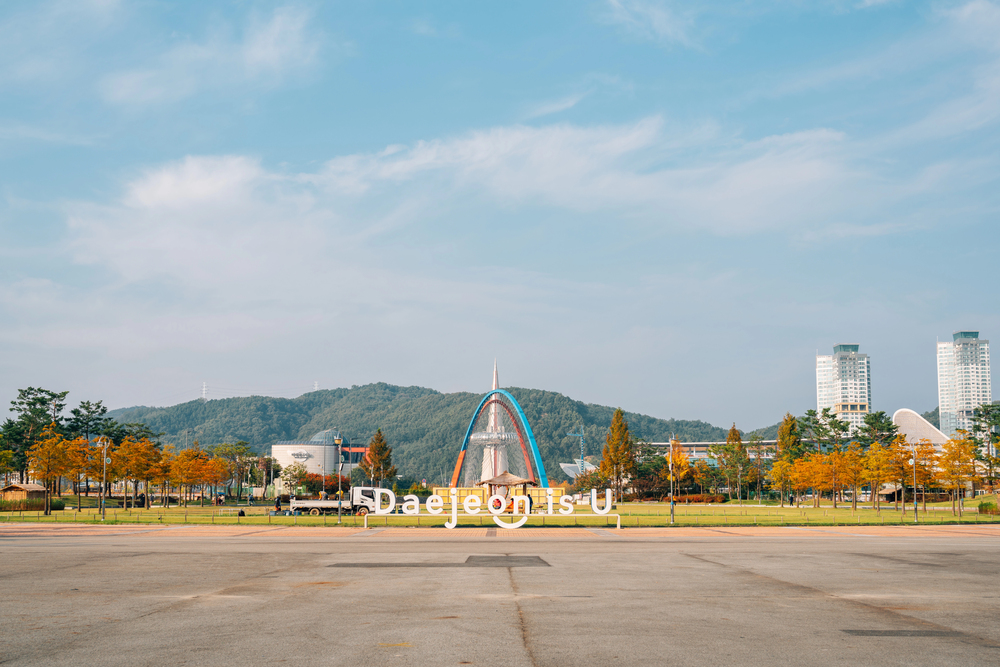
— Photo by SangaPark
Korea’s largest man-made urban arboretum covers 387,000 square meters and connects the Daejeon Government Complex with the Expo Science Park, serving as both a genetic preservation center and an educational space. This green giant doesn’t just show off its 1,787 plant species for fun. The arboretum integrates digital information systems throughout its themed gardens, allowing visitors to scan QR codes for plant information and environmental data. The East and West gardens each tell different stories through technology-enhanced interpretive displays. Modern irrigation systems and climate monitoring equipment work behind the scenes to maintain this urban oasis.
Yuseong Hot Springs Park
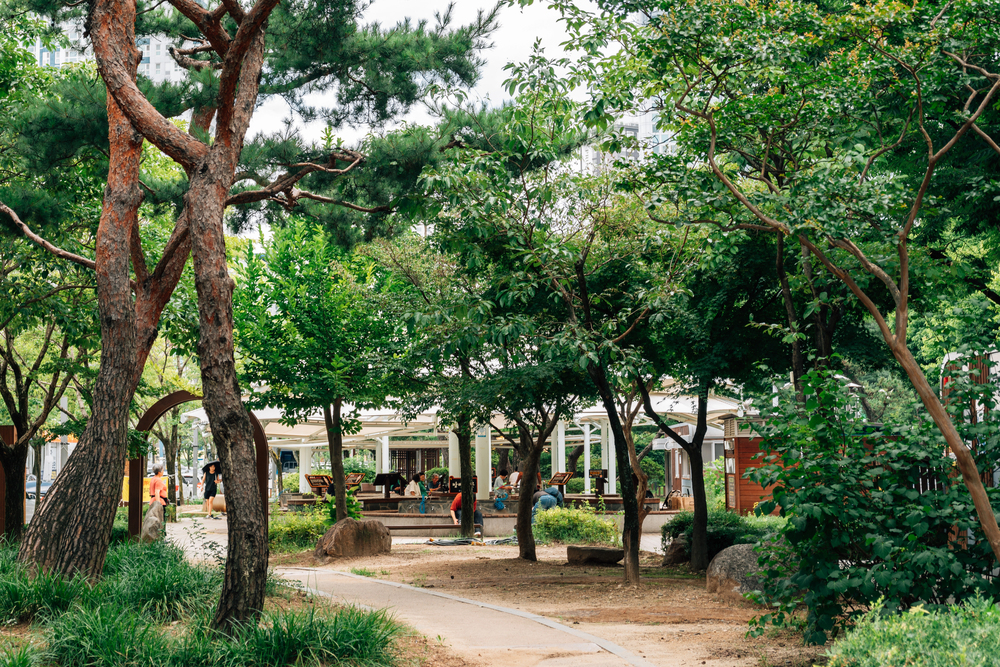
— Photo by SangaPark
The park features light squares that transform at night, children’s pools, grass gardens, fountain areas, and hot spring foot baths, creating a harmonious blend of natural thermal waters and modern lighting technology. Ancient healing waters meet 21st-century innovation in this therapeutic wonderland. The park’s smart lighting system creates colorful displays that dance across the hot spring pools after dark. Temperature monitoring systems ensure the mineral-rich waters stay at perfect therapeutic levels. Digital information boards explain the science behind the springs’ healing properties while visitors soak their feet in pools that have been helping people for over 1,000 years.
Daejeon O-World
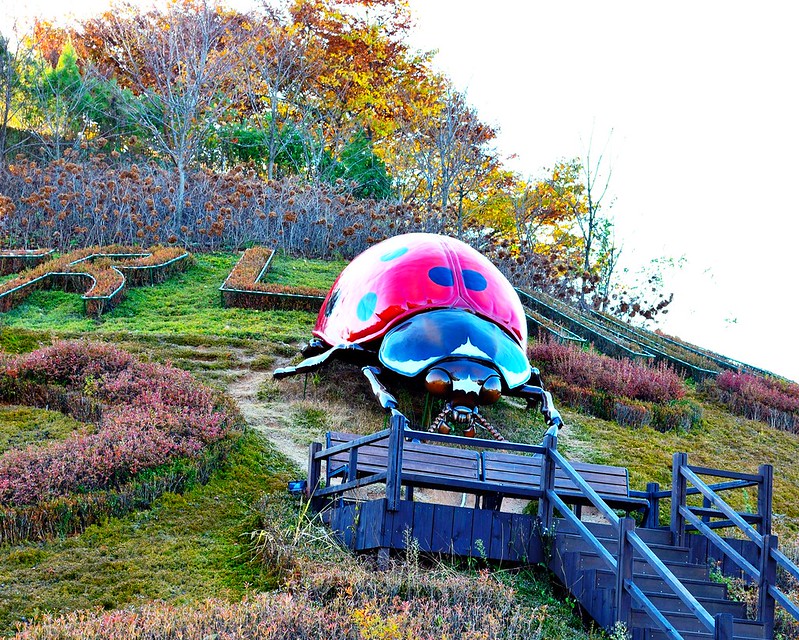
This integrated theme park spans 682,830 square meters and combines Zoo Land, Flower Land, and Joy Land with themed gardens including Sound Garden, Herb Garden, and Rose Garden, along with various technological attractions. Part zoo, part botanical garden, part tech playground, O-World proves that nature and technology can throw one heck of a party together. The park’s Sound Garden uses acoustic technology to create immersive audio experiences among the plants. Interactive exhibits teach visitors about animal behavior through digital displays and hands-on activities. The botanical sections feature climate-controlled environments and automated irrigation systems that maintain perfect growing conditions year-round.
Yurim Park
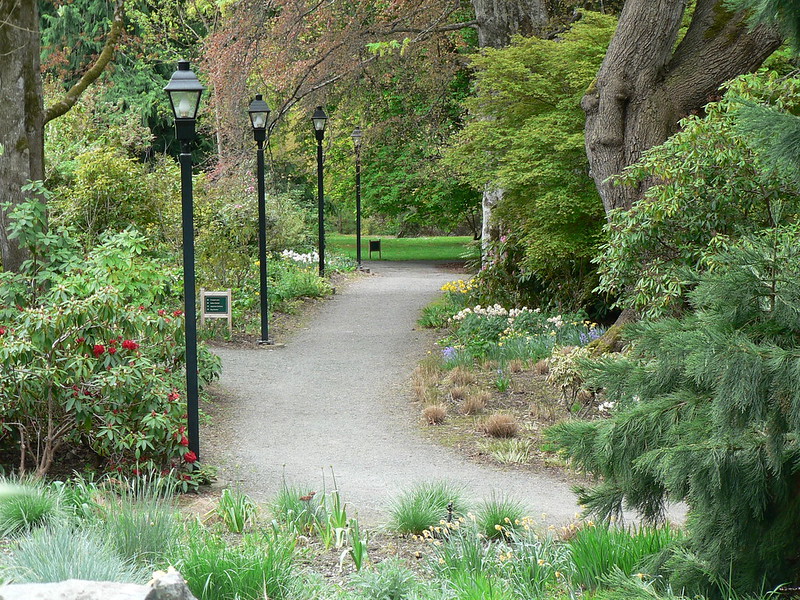
Located near the Gapcheon River, this park combines traditional Korean garden design with modern environmental monitoring systems. Smart sensors track air quality, noise levels, and foot traffic to optimize visitor experience. The park features digital trail maps and interactive exercise stations that guide users through proper workout techniques. LED lighting systems illuminate walking paths while minimizing impact on local wildlife. Water management technology ensures the park’s streams and ponds maintain ecological balance while providing beautiful scenery.
Jangtaesan Natural Forest
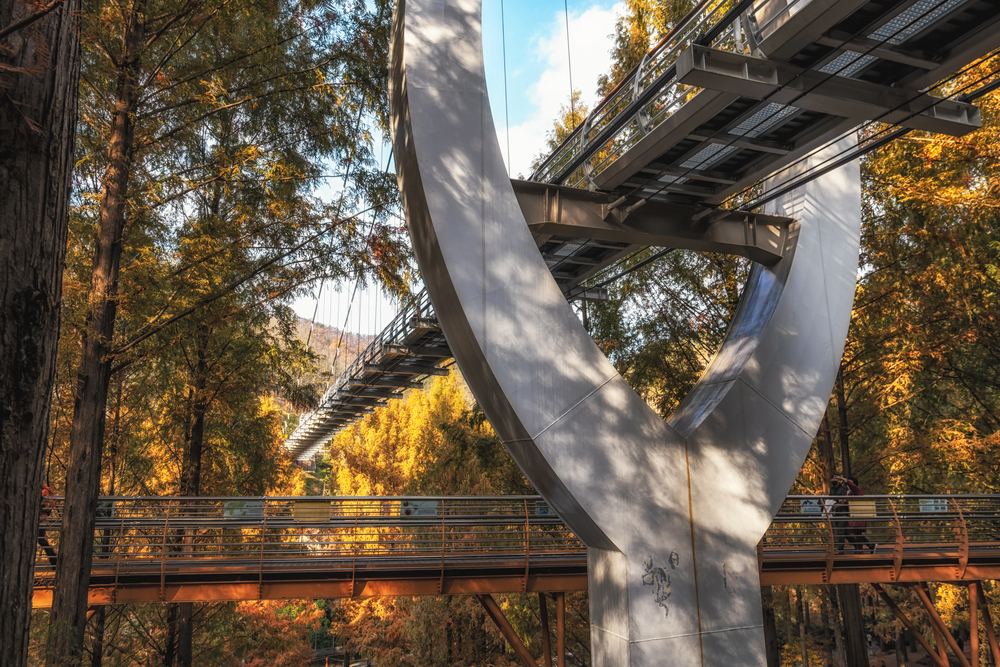
This natural forest park features paved roads dotted with exercise stations, pavilions, mineral springs, and various developments, including a youth square and an indoor skating rink. Technology here serves nature rather than dominating it. GPS-enabled trail markers help hikers navigate the forest’s extensive path system. Digital weather stations provide real-time conditions for outdoor activities. The park’s exercise stations use smart technology to track usage patterns and maintenance needs. Environmental monitoring systems help preserve the forest’s ecosystem while accommodating thousands of visitors.
Bomunsan Park
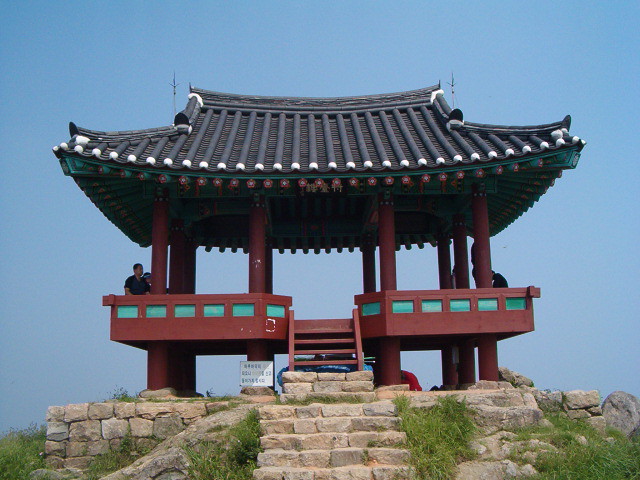
This mountain park wraps around the ancient Bomunsanseong fortress, where historical preservation meets modern interpretation technology. Digital reconstructions help visitors visualize how the fortress looked centuries ago. Smart trail systems guide hikers to various peaks and temples using GPS technology. The park’s visitor center features interactive displays that explain the area’s geological and cultural history. Modern conservation techniques protect ancient structures while making them accessible to contemporary visitors.
Daedong Sky Park
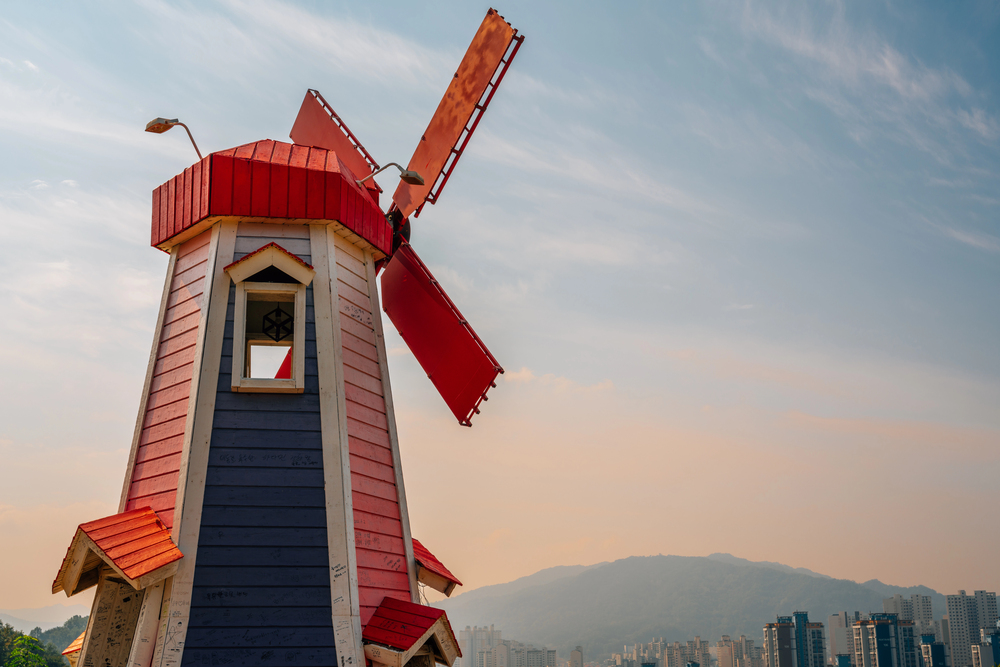
— Photo by SangaPark
Perched above the city, this park offers spectacular views enhanced by augmented reality viewing stations. Visitors can point their devices at the cityscape to learn about buildings, districts, and landmarks below. The park’s observation deck features weather monitoring equipment that provides real-time atmospheric data. Smart benches equipped with solar panels offer device charging while visitors enjoy the scenery. Evening lighting systems create stunning displays without disturbing the natural environment.
Gyejoksan Mountain Red Clay Trail
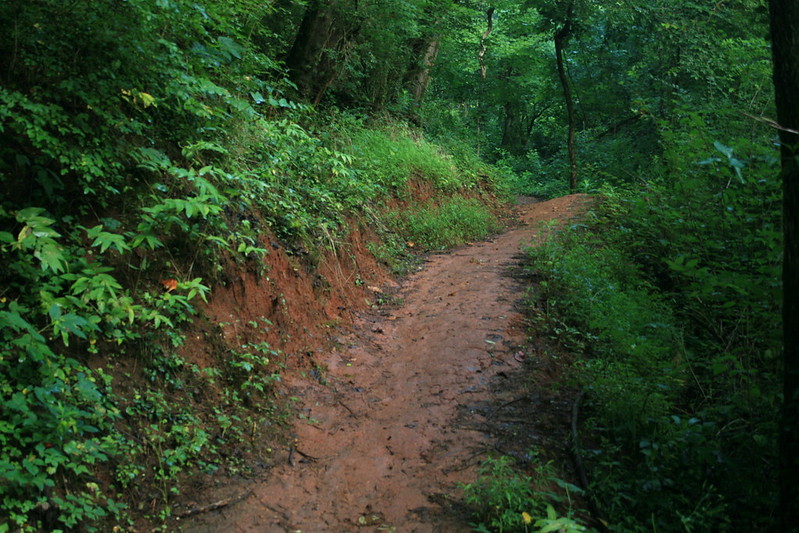
This unique trail features 20,000 tons of red clay laid along a 14.5-kilometer forest path, creating a barefoot walking experience that combines traditional Korean healing practices with modern trail design. This isn’t your typical hiking trail. The red clay surface provides natural reflexology benefits while smart sensors monitor trail conditions and visitor traffic. Digital information stations explain the health benefits of clay walking and provide real-time weather updates. The trail’s maintenance uses eco-friendly technology to preserve both the clay surface and the surrounding forest ecosystem.
Ppuri Park
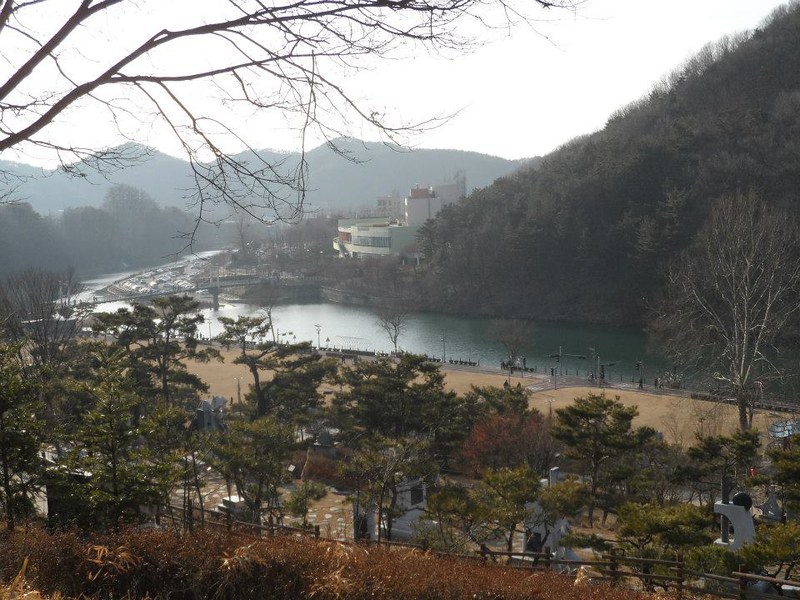
This cultural park celebrates Korean heritage through technology-enhanced storytelling. Interactive exhibits use digital displays to explain traditional Korean customs and history. The park’s outdoor theater features modern sound and lighting systems for cultural performances. Smart irrigation keeps the traditional Korean gardens lush while conserving water. Digital maps guide visitors through themed areas that showcase different aspects of Korean culture and history.
Sintanjin Riverside Park
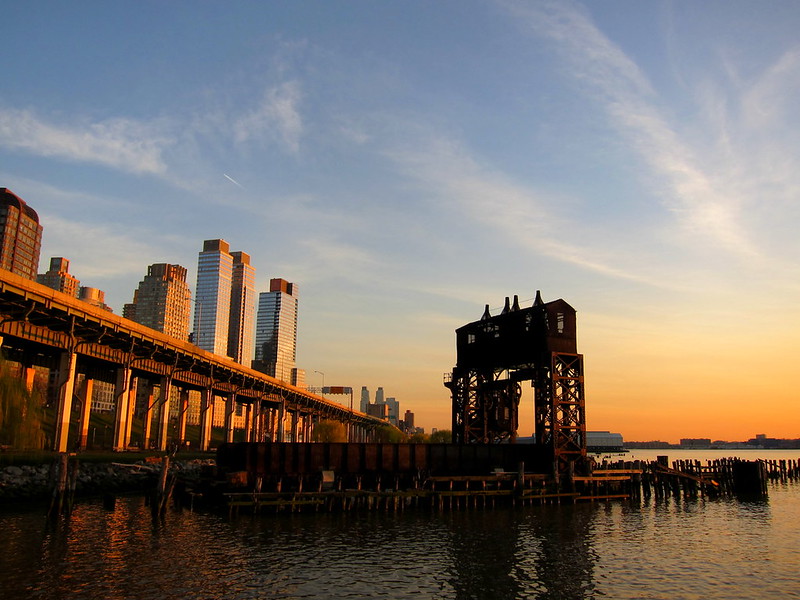
Following the Geum River, this linear park demonstrates how technology can enhance natural waterfront experiences. Smart flood management systems protect the area while maintaining recreational access. Digital fishing advisories help anglers find the best spots and understand environmental conditions. The park’s bike paths feature automated counters and safety monitoring systems. Environmental sensors track water quality and wildlife activity for conservation purposes.
Daecheon Park
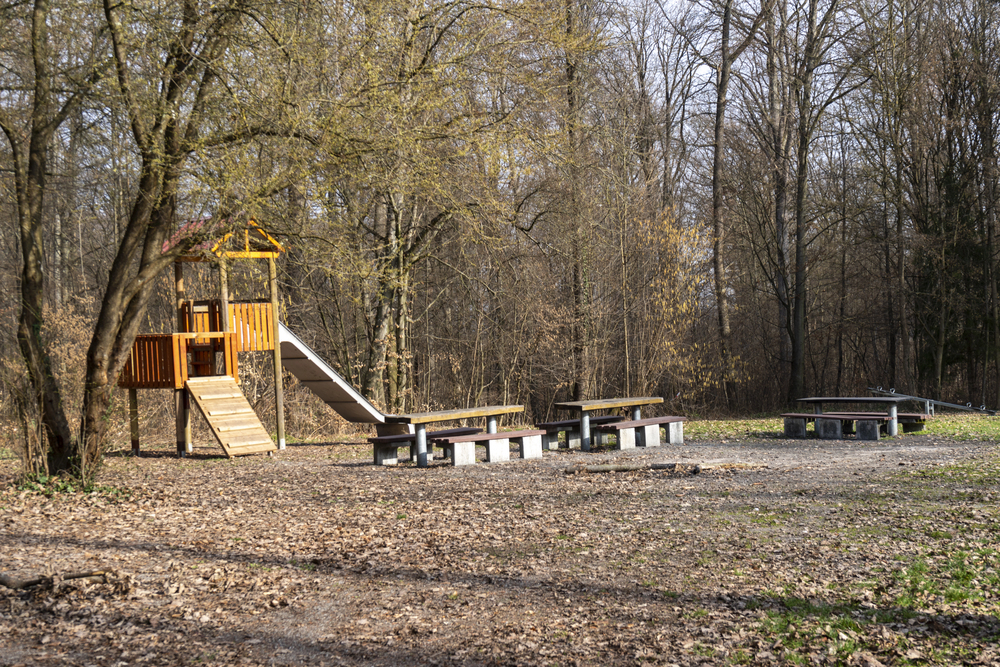
This neighborhood park shows how technology can improve daily life without overwhelming natural beauty. Smart playground equipment provides safe, interactive play experiences for children. Digital bulletin boards display community events and weather information. The park’s fitness trail uses sensor technology to track exercise progress and provide personalized workout suggestions. Automated irrigation systems maintain the park’s gardens while conserving water resources.
Mannyeon Park
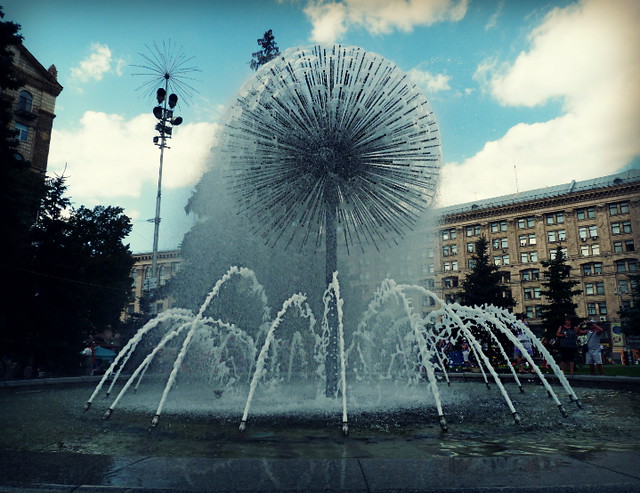
Centered around a beautiful pond, this park demonstrates aquatic ecosystem management through technology. Digital monitoring systems track water quality and fish populations. Interactive educational displays teach visitors about pond ecology and conservation. The park’s walking paths feature smart lighting that adjusts based on time of day and weather conditions. Automated fountain systems create beautiful water displays while aerating the pond for fish health.
Seodaejeon Park
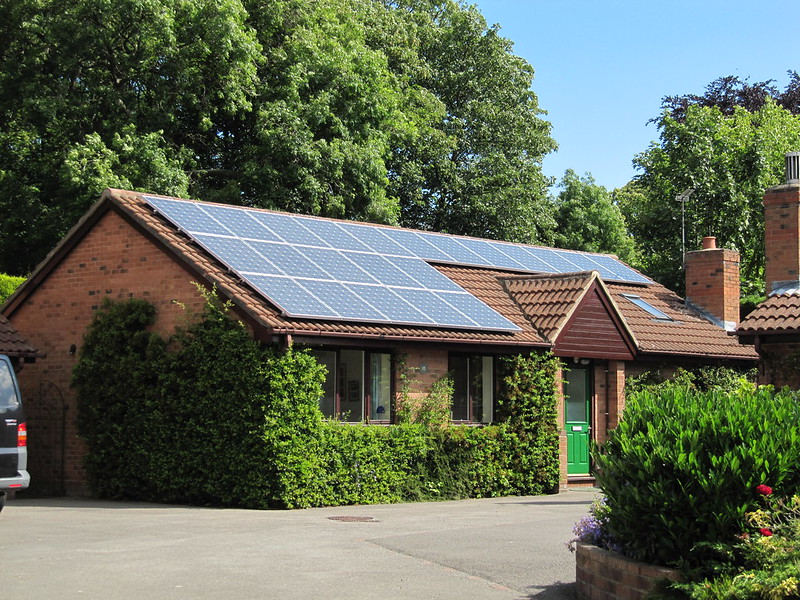
This community park integrates smart city technology with traditional park amenities. Digital kiosks provide information about local events, weather, and park facilities. The park’s sports facilities use automated scheduling systems and equipment monitoring. Smart waste management systems keep the park clean while providing data on usage patterns. Solar panels integrated into shelter structures provide clean energy for park operations.
Wolpyeong Park
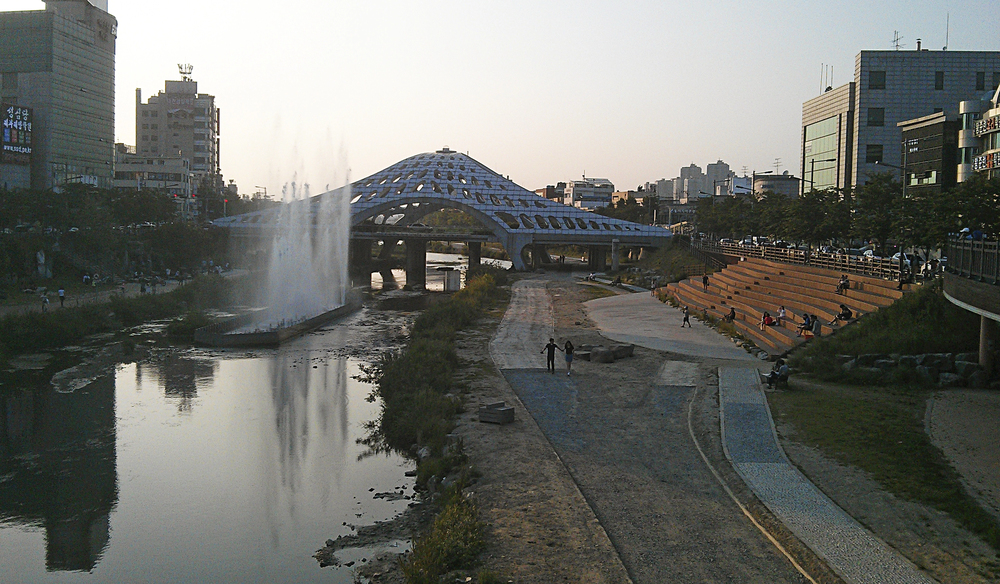
— Photo by viendomundo
This riverside park combines flood control technology with recreational opportunities. Smart water management systems monitor river levels and weather conditions. The park’s multi-use trail features distance markers and fitness stations with digital interfaces. Environmental monitoring equipment tracks air quality and noise levels. Interactive displays explain the park’s role in flood prevention while highlighting its natural beauty.
Where Ancient Wisdom Meets Digital Innovation
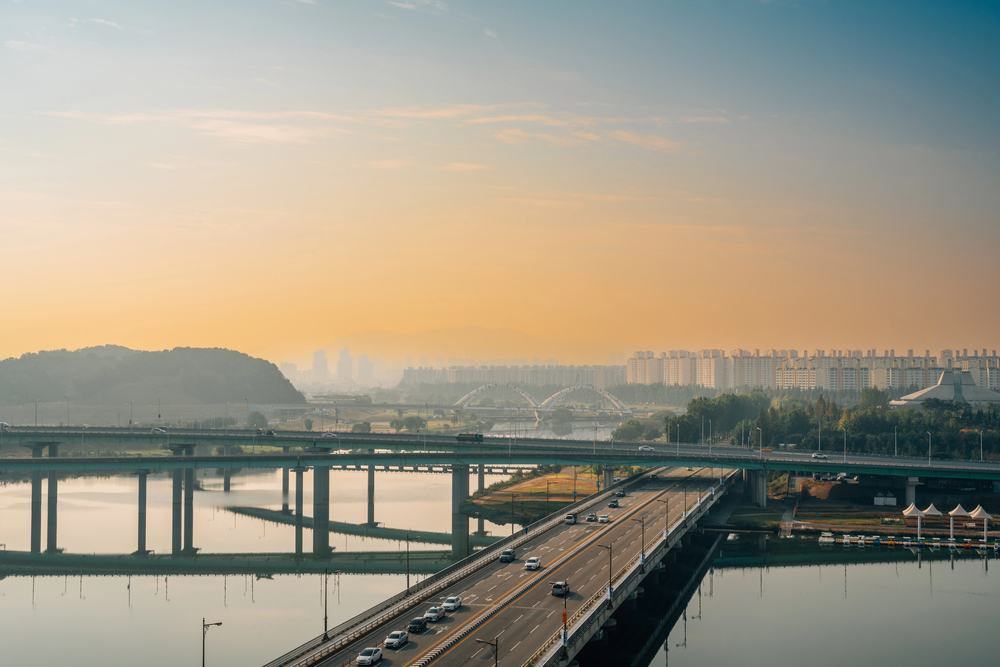
These parks represent something special in urban planning: the understanding that technology works best when it serves both people and nature. Rather than creating sterile digital environments, Daejeon has crafted spaces where centuries-old Korean appreciation for natural beauty gets a modern upgrade. The hot springs still heal, the forests still breathe, and the rivers still flow – they just do it all with a little help from smart sensors and interactive displays. It’s proof that the future doesn’t have to choose between silicon and soil; sometimes, the smartest technology is the kind that makes nature more accessible, more understandable, and more beautiful than ever before.
More from Travel Pug

- 20 Best Beach Towns in the Carolinas
- 13 Destinations Where Tourists Regularly Regret Their Trip
- 20 Things You Actually Get in First Class
- 20 Small Airports With Aviation Museums
- 20 Places in the U.S. That Are Perfect for a Reset Trip
Like Travel Pug’s content? Follow us on MSN.
